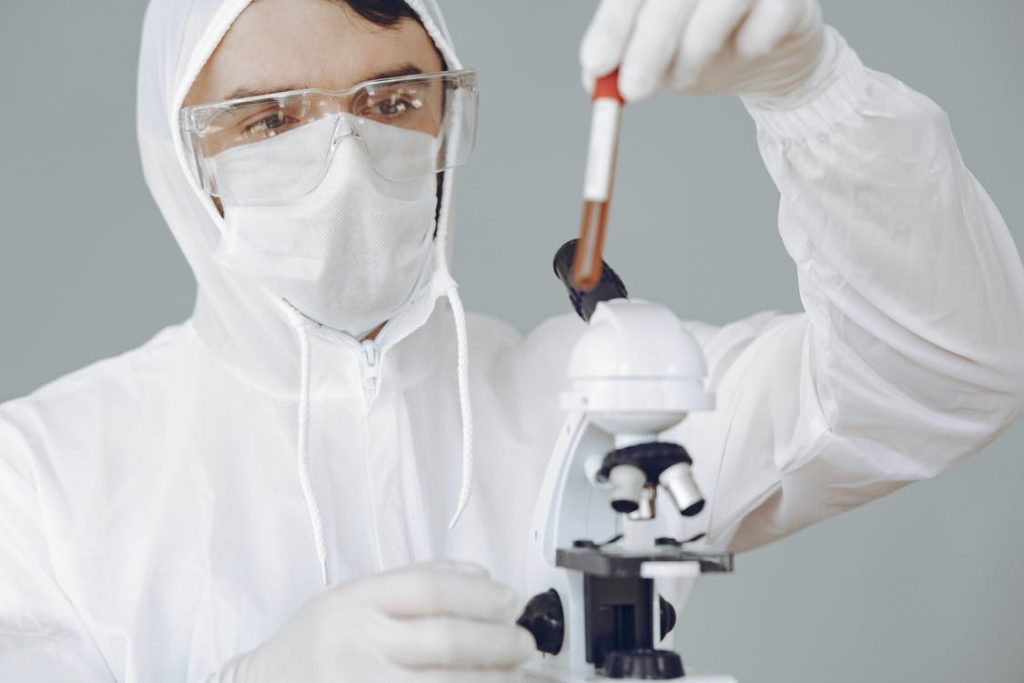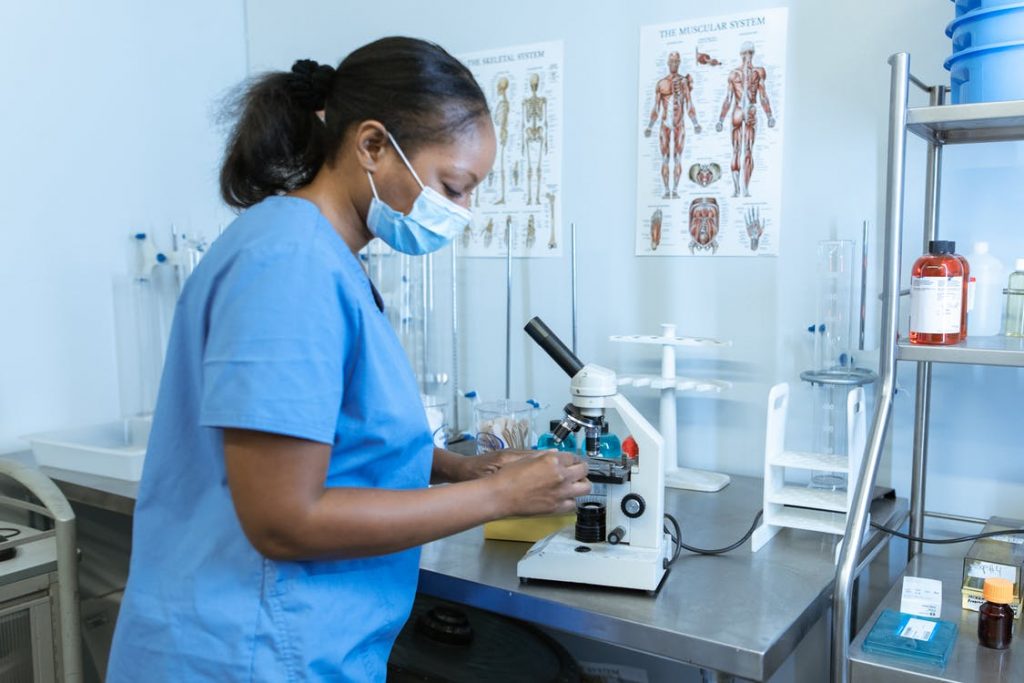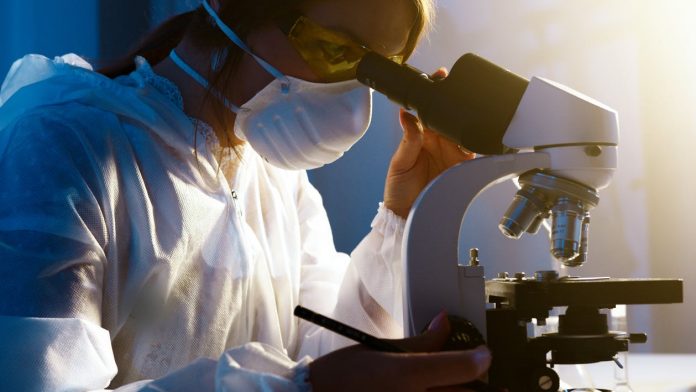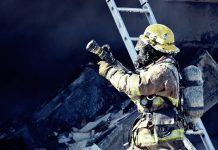In her book, The Dying Game, Melanie King devotes a chapter to the methods used for identifying murder victims and bodies that are uncovered after many years. As forensic scientists work together, they can produce enough information to give the person a face, a background and often a location of death.
Forensic Entomologists and Insects
It is common knowledge that a dead body attracts various insects. Melanie King states that certain flies can detect a dead body from up to a mile away – and this within minutes of death. The flies gather on a body and lay eggs which hatch after between 15 and 26 hours depending on the species and temperature.
Forensic entomologists can work out the approximate time of death by analyzing the age and development of the maggots or pupae. The species can also give some clue as to whether the body was moved after death and in what geographical area death occurred.
Forensic Anthropologists and Bones of the Dead
These experts can derive a large amount of information by examining skeletal remains. Adult humans have 206 bones in their bodies and these can reveal much:
- Adult males have narrower pelvises and large skulls than females
- The shape of the skull can reveal Caucasian, Negroid or Mongoloid heritage
- Age can be determined by measuring calcium and mineral deposits in the bones
- Height can be determined by multiplying the length of the humerus by five
- Teeth are the strongest part of the human body and can be compared to dental records to make a positive identification
- Teeth can also reveal such things as the mean annual temperature and altitude of the place where the person lived. This is done by measuring isotypes of oxygen in the teeth
- Computer programs are available that build a face onto a skull to aid with identification
Botany and Forensic Analysis

Melanie King states that the air breathed, food eaten and area lived in mark a person’s body in ways that can be measured using high-tech trace element analysis. Trace evidence can include pollens, soils, woods and contaminants introduced by food or drink.
DNA and Forensic Evidence
This is one of the most well-known forms of identification and samples are often taken from suspects in murder cases as well as from a body if the identity is unknown. Melanie King reports that DNA is probably the surest form of identification that a body leaves behind. It is found in almost every cell of a person’s body and can be matched to personal items such as razorblades, tooth brushes and hairbrushes. Samples can be gathered by doing a cheek swab or collecting blood, urine or semen from a body. Jodi Picoult’s novel, Perfect Match, includes many fascinating details about DNA analysis.
Modern forensics has opened up the way to identifying criminals with microscopic evidence as well as providing irrefutable proof that a person was at a crime scene. As further advances are made, it will hopefully act as a deterrent to those who are tempted to murder and maim.
Challenging Forensic Careers
College students, law enforcement officers and personnel, as well as those with seemingly unrelated professions, can find a wide array of careers to choose from in the fascinating field of Forensic Science.
Some of the careers available today are forensic odontologists and dentists, psychiatrists, anthropologists, pathologists, plumbers, fingerprint experts, firearms and ballistics analysts, tool marking experts, and the familiar crime scene investigators (CSI’s), etc.
The ever-increasing necessity for these careers is explained further in The Vital Role of Forensic Science.

In the 1970’s, a forensic odontologist was able to establish a link between a murder victim and her murderer. Bite marks on the victim were used to establish a link that played a key role in the conviction of serial rapist and killer, Ted Bundy.
Forensic psychiatrists are sometimes used to evaluate prisoners who have committed serious crimes, and to search the minds of murderers for answers, with the hope that one day crimes of this nature can possibly be avoided by knowing what types of people are most likely to commit these crimes.
At Columbia University, Forensic Psychiatrist, Dr. Michael Stone, has developed what he calls his “Scale of Evil,” which is used to place those who have committed the most heinous crimes on a numbered scale to determine who the most evil people are.
Forensic analysis of bones is performed by forensic anthropologists, who try to identify the remains of people that law enforcement officers believe have died in a mysterious manner. The anthropologists study the bones of the dead to determine the gender, race, and age of victims at the time of their deaths, as well as to estimate the length of time the person has been deceased, and other possible clues that may help investigators find the cause of death.
The barrels of firearms typically leave striations on bullets, which occurs during the explosion caused by firing. Forensic ballistic analysts use the striations to determine exactly which firearm was used during the commission of a crime. The ballistic analysts perform tests on the firearms and bullets found at crime scenes to see if they’re a perfect match. The marks left on the bullets are also commonly referred to as, ‘Lands and Grooves.’ The ‘lands’ are the flat marks, located between the striations, or ‘grooves,’ which are left behind after the weapon is fired.
Forensic tool-marking experts are used to identify the specific tools, such as hammers, crowbars, screwdrivers, knives, etc., that left tool marks found at the scenes of crimes.
Sometimes, in order to locate missing persons or to identify victim’s killers, forensic accountants are called in to examine the financial records of murder victims and missing persons. The accountants fine- tooth comb the financial records of people who stand to gain financial profit from the deaths of missing persons, and murder victims as well.
Today, there are even forensic plumbers, who help identify the perpetrators of crime. In one case, a forensic plumber found that a woman, whose death was originally thought to have been a suicide, had actually been drowned in a toilet by her husband. The plumber found marks on her neck that matched the inner and outer rims of the toilet bowl, as well as an exact impression of a necklace that the victim usually wore.








